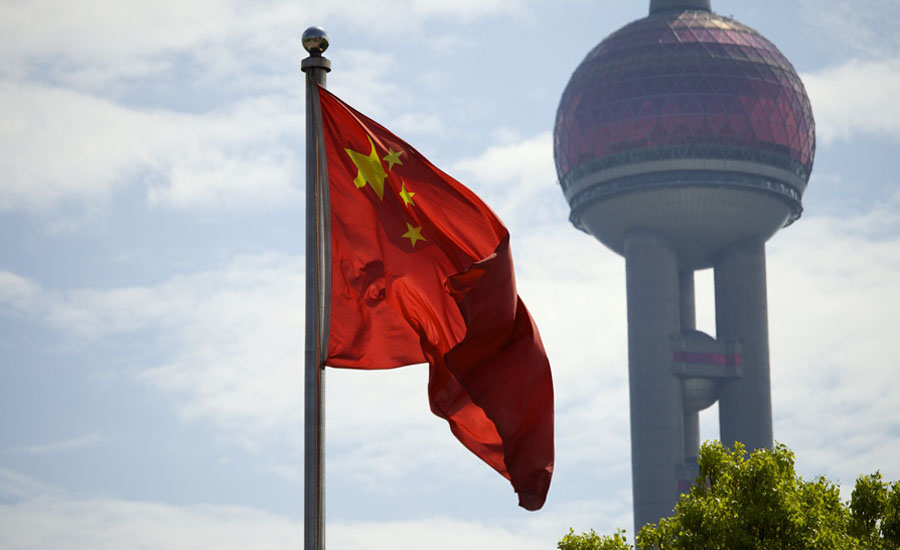Thick smog continued to engulf China’s largest cities on December 26, 2015, just a day after authorities canceled more than 200 flights from Beijing due to limited visibility. Children and elderly were also warned to avoid outdoor activities as officials raised the air pollution alert in Beijing to orange, the second-highest on the city’s four-grade scale, on Christmas.
The recurring problem has spurred public protests urging the government to act faster and improve air quality. According to Bloomberg, the world's second-largest economy has shut down 17,000 companies for pollution offenses and ordered another 28,600 to halt operations as of October in its bid to clear the hazardous smog.
Beijing’s air was “severely” polluted while Shanghai was “heavily” polluted, environmental authorities said. According to data from Beijing Municipal Environmental Monitoring Center, concentration of harmful particulate matter — known as PM2.5 — reached 340 micrograms per cubic meter near Tiananmen Square as of 8 a.m., local time, on December 26 (7 p.m. December 25 EST).
Around noon, particulate matter levels in Beijing had come down slightly to 318 micrograms per cubic meter, according to AQICN.org, a website that monitors real-time air quality reports from 60 countries. The World Health Organization recommends PM2.5 exposure of no more than 25 micrograms per cubic meter over 24 hours.
According to state-run Xinhua News Agency, the weather observatory expected the dense smog to disperse in the afternoon of December 26. Cold air was predicted to arrive in Beijing and its neighboring provinces of Hebei and Shandong, and Tianjin Municipality, and help clear the smog, the National Meteorological Center (NMC) said.
The NMC said unfavorable weather and pollutant emissions had led to poor air quality in Beijing since December 24. About 50 cities in northern and eastern China have issued air pollution alerts, the China Daily reported on the 25th. Beijing itself has imposed two red alerts this year — the highest among four levels used to indicate air pollution levels in China.
